For hundreds of years, historians and archaeologists believed that Mesopotamia (nearly 3800 BC) was the cradle of civilization. But in the past few years, this belief began to dwindle. In the 1960s, a Russian topographer was going through some aerial photographs of Ukraine when he noticed some unusual shadows materializing on the grounds of Kyiv city.
Curious, he magnified the photos and was flabbergasted, as many more concentric circles of these shadows emerged. Further examination revealed that the shadows were cast from unknown archaeological remains that lay buried in the soil. ScienceNews reports that when archaeologists studied these remains, they proposed that the first cities of humanity were built in Ukraine, not Mesopotamia (what is now Iraq). The secret hid in the Trypillia megasites, the forgotten city that mysteriously disappeared.
Previously, scientists believed that the world’s earliest cities like Uruk, Çatalhöyük, and Jericho, were located in Mesopotamia, or modern-day Iraq. But investigation of the Neolithic Cucuteni-Trypillia culture in present-day Ukraine revealed that some of the oldest cities dating back to around 4000 BC are situated here. Given the meticulous planning that the 6,000-year-old remnants of these settlements depicted, archaeologists deduced that these ancient people must have been brilliant urban town planners.
During the initial discovery, Russian topographer Konstantin Shishkin had spotted evidence of almost 250 shadows looming over an area of 741 acres, reported ScienceNews. But at that time, he lacked advanced technology to carry on the investigation. It wasn’t until 1971 that these shadows were brought to light again. In 1971, some Ukrainian scientists examined the underground archaeological structures using geomagnetic technology that scans the underground realm to identify structures by tracking differences in Earth’s magnetic field at various spots.
In 2011, archaeologist Johannes Müller from the University of Kiel in Germany returned to the Trypillia site once again, and thoroughly examined the underground structures using geomagnetics and high-quality imaging technology. The structures spread out in concentric circles and streets are organized in grid-like patterns. These patterns were studied across three ancient cities: Maidanezke, Taljanki, and Nebelivka. “The architecture is reminiscent of Lego, it was a modular system,” Müller told the Swiss publication Neue Zürcher Zeitung. These low-density cities were referred to as “megasites,” according to ScienceNews.
Some of the houses dwelling in these cities were deliberately burned down. In Nebelivka, for example, people used wood to do ceremonial house burnings. “Burning a house down in this way created a spectacle that could be seen from many kilometers away,” archaeologist John Chapman of Durham University in England, told Science News.
The remnants of graves and burned houses also made scientists wonder about what kind of funerary practices and death rituals these ancient Trypillia people used to have. “Individual graves are something with which the group of burying people represents their role to others. This reflection of social structures does not exist here,” Müller stated. However, “If there are no graves marked in an archaeologist-friendly way, that does not mean that a cult of the dead did not exist.”
Now, the next challenge for archaeologists is to dig out some information about how these Trypillia cities were formed and how they disappeared mysteriously. Their study isn’t finished yet, and they will scour more details about these ancient civilizations that have seemingly collapsed Mesopotamia’s centuries-old title of being the most ancient city.
This article originally appeared last year.


















 Pictured: The newspaper ad announcing Taco Bell's purchase of the Liberty Bell.Photo credit: @lateralus1665
Pictured: The newspaper ad announcing Taco Bell's purchase of the Liberty Bell.Photo credit: @lateralus1665 One of the later announcements of the fake "Washing of the Lions" events.Photo credit: Wikimedia Commons
One of the later announcements of the fake "Washing of the Lions" events.Photo credit: Wikimedia Commons This prank went a little too far...Photo credit: Canva
This prank went a little too far...Photo credit: Canva The smoky prank that was confused for an actual volcanic eruption.Photo credit: Harold Wahlman
The smoky prank that was confused for an actual volcanic eruption.Photo credit: Harold Wahlman
 Packhorse librarians ready to start delivering books.
Packhorse librarians ready to start delivering books.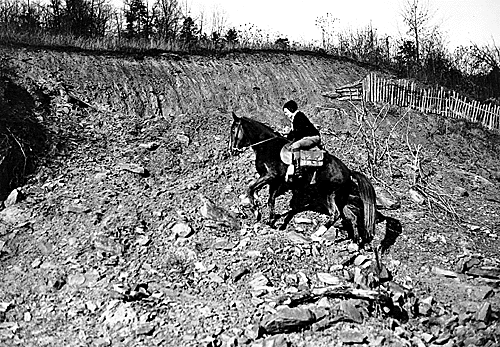 Pack Horse Library Project - Wikipedia
Pack Horse Library Project - Wikipedia Packhorse librarian reading to a man.
Packhorse librarian reading to a man.
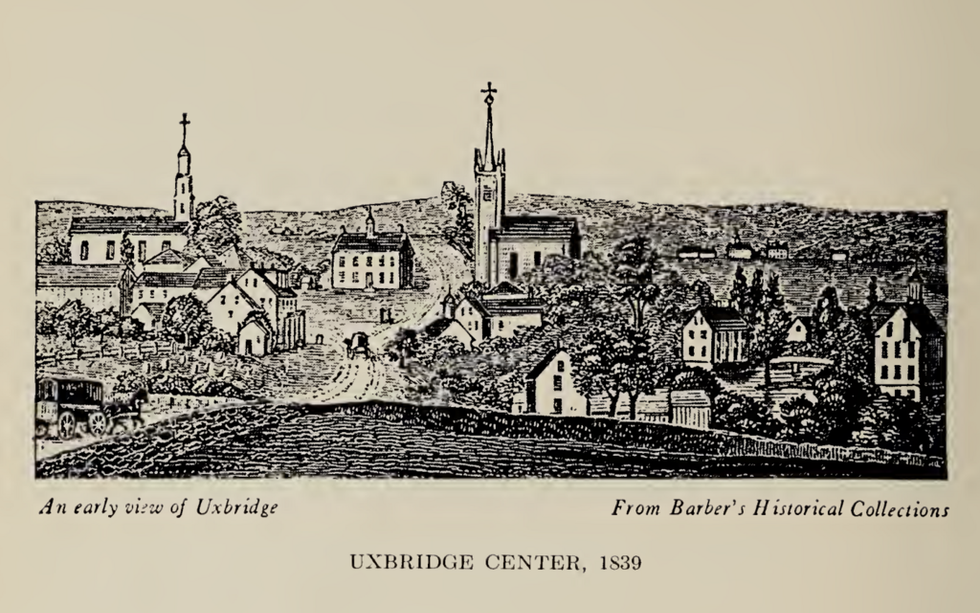 Fichier:Uxbridge Center, 1839.png — Wikipédia
Fichier:Uxbridge Center, 1839.png — Wikipédia File:Women's Political Union of New Jersey.jpg - Wikimedia Commons
File:Women's Political Union of New Jersey.jpg - Wikimedia Commons File:Liliuokalani, photograph by Prince, of Washington (cropped ...
File:Liliuokalani, photograph by Prince, of Washington (cropped ...
 Theresa Malkiel
commons.wikimedia.org
Theresa Malkiel
commons.wikimedia.org
 Six Shirtwaist Strike women in 1909
Six Shirtwaist Strike women in 1909
 U.S. First Lady Jackie Kennedy arriving in Palm Beach | Flickr
U.S. First Lady Jackie Kennedy arriving in Palm Beach | Flickr
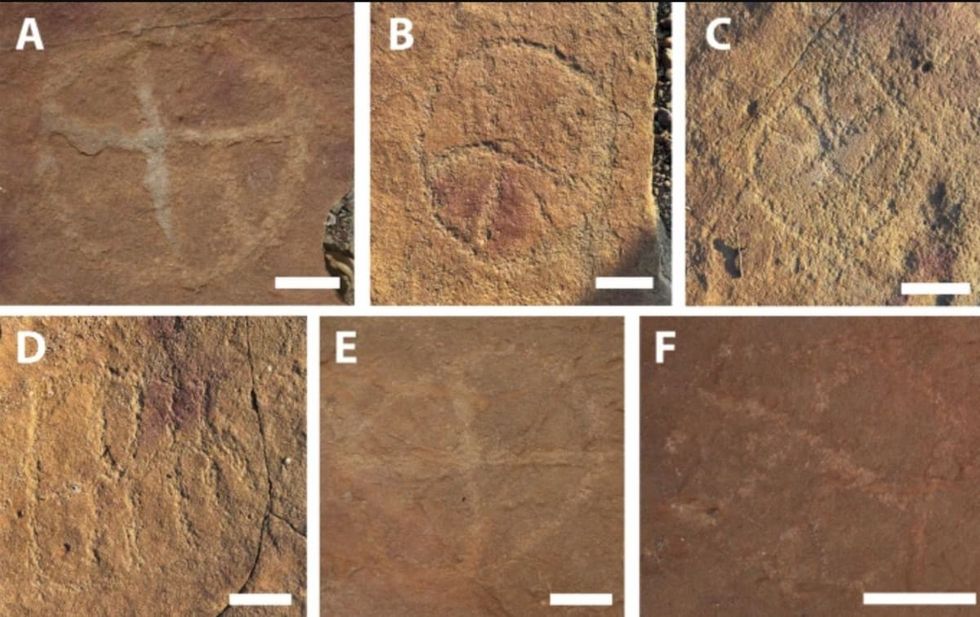 Image Source:
Image Source: 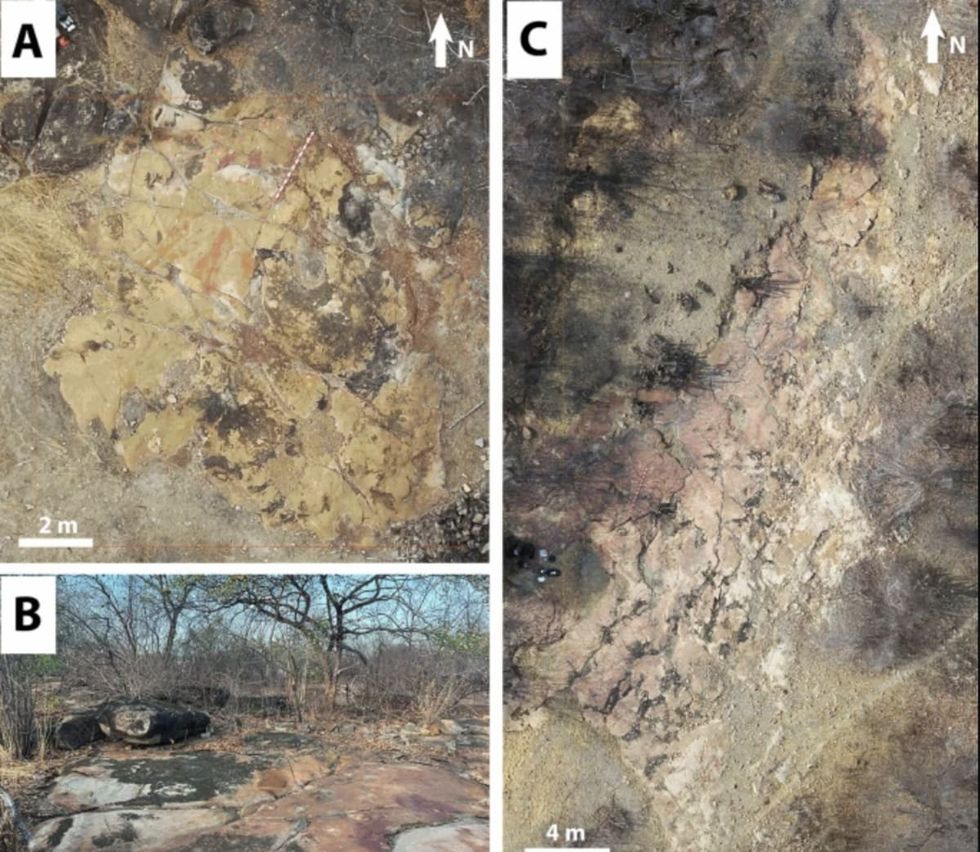 Image Source:
Image Source: 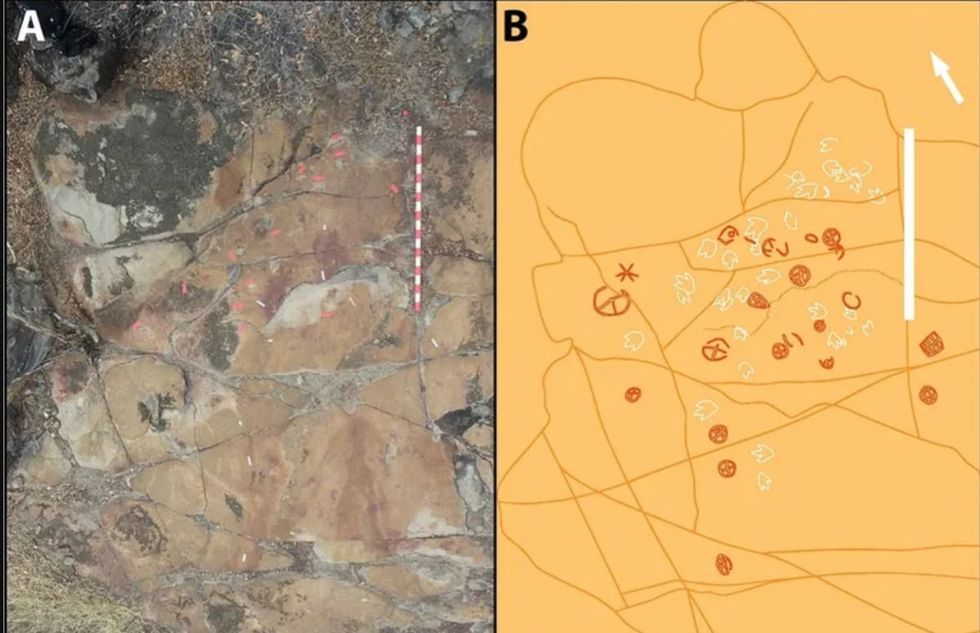 Image Source:
Image Source: 